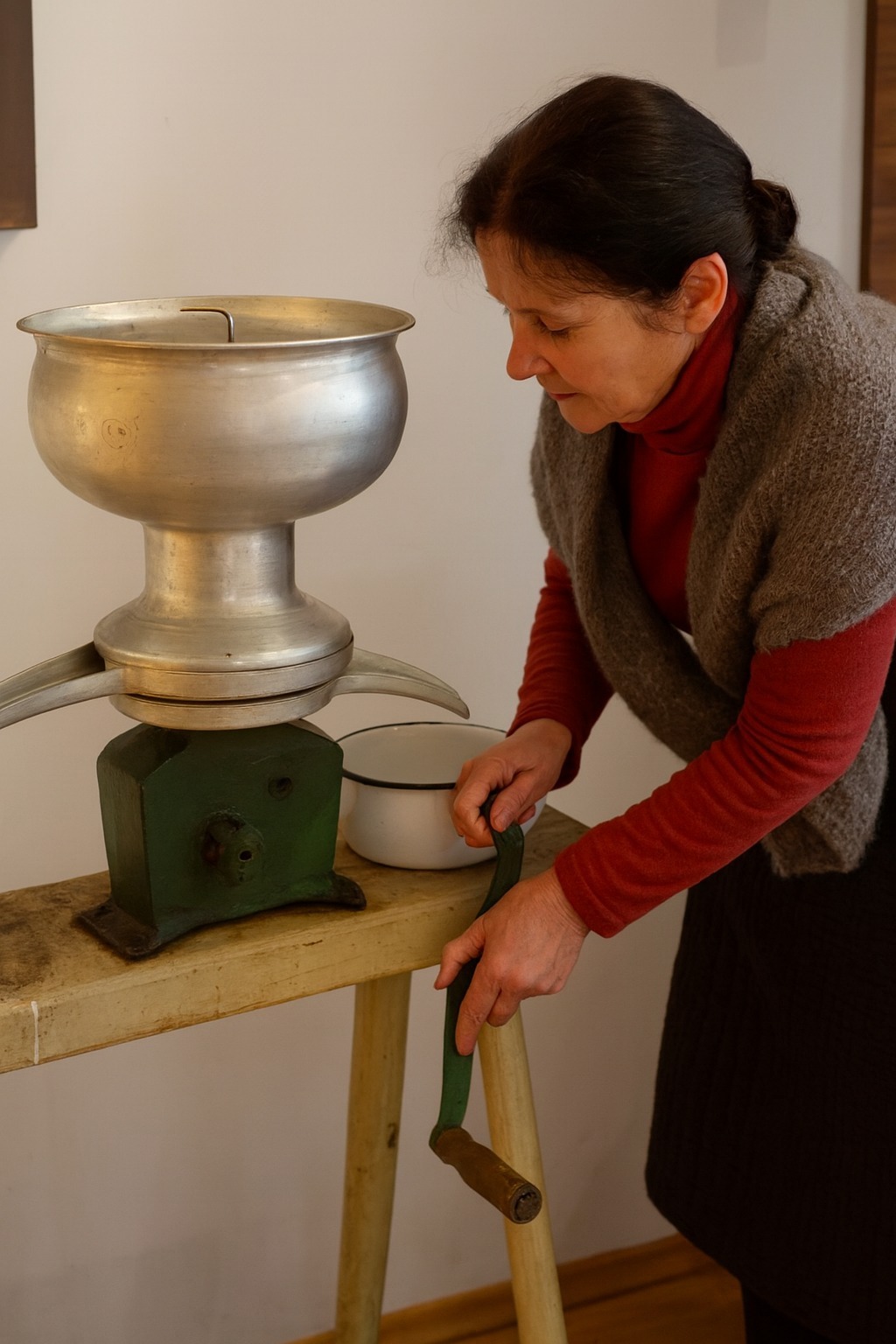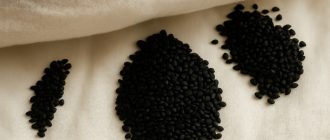…Have you ever wondered what our grandmothers’ and great-grandmothers’ kitchens looked like? How did people cook before the advent of modern gadgets and conveniences that we use so often today? One of the most unusual and mysterious items in the kitchen of olden times was… this strange metal tool that looks like a mixture of an old meat grinder and something completely incomprehensible!
What is it?
At first glance, this object looks like a decorative hanger or even a piece of old kitchen equipment, but in fact it was one of the most useful tools in the kitchen at the beginning of the 20th century. It is a milk separator! Yes, you heard right, a milk separator! This device was an integral part of life in every rural home where cows were kept.
How did it work?
The essence of the milk separator was to separate milk into cream and skimmed milk. At the time, it was a real technological marvel! Inside the device was a rotating disc, which, when manually operated, separated the cream from the milk, producing pure, full-fat milk and rich cream for making butter, sour cream and other dairy products.
The milk that entered the separator bowl was separated by centrifugal force. The cream, which had a lower density, rose to the top, while the skimmed milk sank to the bottom into a separate container. This required a lot of effort — yes, it was necessary to turn the handle, and often, in order to pass several litres of milk through the separator, the housewife had to turn the handle for more than ten minutes!
What was it used for?
As you already understand, the separator was indispensable for farms. But that’s not all! Manual separation of cream from milk laid the foundation for an entire industry of dairy products that are so popular today: butter, cottage cheese, cheese, yoghurt and, of course, sour cream.
In the era before refrigerators, the separator was also useful for storing milk longer. By removing excess fat, the milk oxidised more slowly, which meant it could be stored longer. Many also used the separator to skim cream for making butter.
Why did it disappear?
With the development of technology and the advent of electric separators, as well as the arrival of refrigerators in every home, the need for manual models began to gradually disappear. Separators like this one have become a thing of the past, now only found in antique kitchen exhibitions and collections. However, they can still be found in collectors’ homes or even in museums, where they are part of exhibitions about life in the past.
Secrets of ancient dairy products
Interestingly, dairy products obtained using such separators often had a distinctive taste and consistency. After all, cream separated by hand was always thicker, and milk was richer. Such products were not only delicious, but also natural, because in those days there were no additives or preservatives, which are often used in dairy products today.
Modern analogues and their oblivion
Today, milk separators seem archaic, but in fact they are still used in some parts of the world where the naturalness of products is still important. Moreover, in some restaurants that value tradition and natural production, you can find such devices, as they give dairy products a unique taste.
It is not surprising that this ‘strange’ tool attracts the attention not only of historians and collectors, but also of chefs who want to touch the past and learn how cuisine has changed so that we can enjoy the products we have today.
So, what is this strange kitchen tool?
It is a milk separator — one of those things that was once indispensable on every farm. And now, looking at this amazing tool, one can understand how much labour and ingenuity went into creating the conveniences that we take for granted today.
So, what is this strange kitchen tool?
It is a milk separator — one of those things that was once indispensable on every farm. And now, looking at this amazing tool, you can understand how much labour and ingenuity went into creating the conveniences that we take for granted today.
And although this item has become a part of history, its legacy lives on in every piece of butter, cottage cheese or sour cream that we enjoy every day.
So, the next time you enjoy a cup of coffee with cream or make homemade butter, remember this ancient tool that was part of our culinary history!







